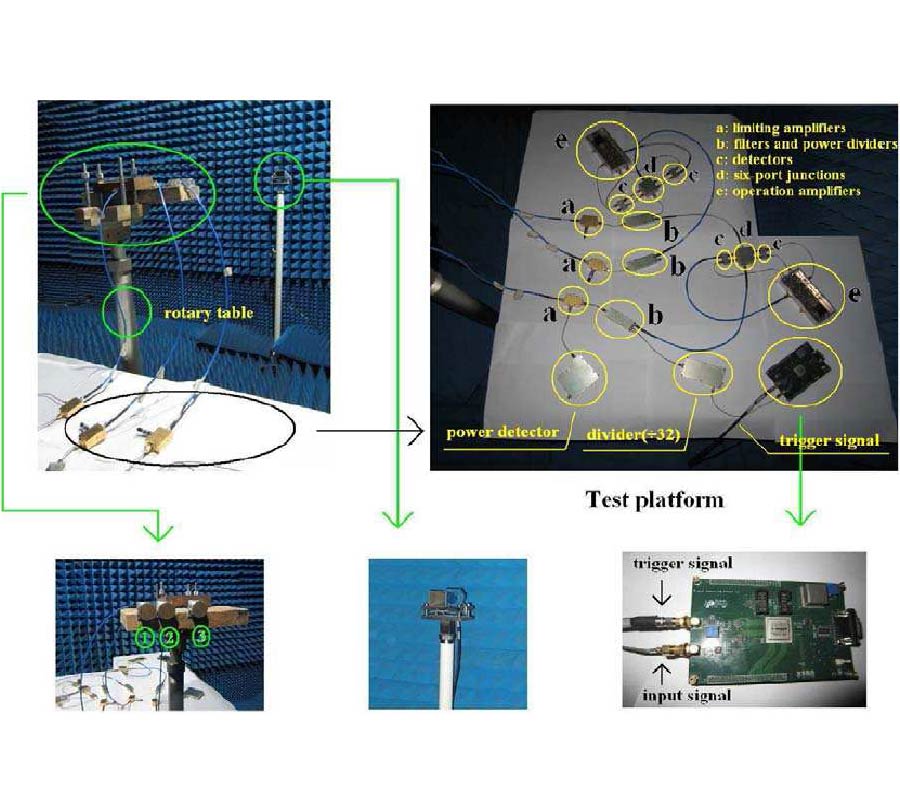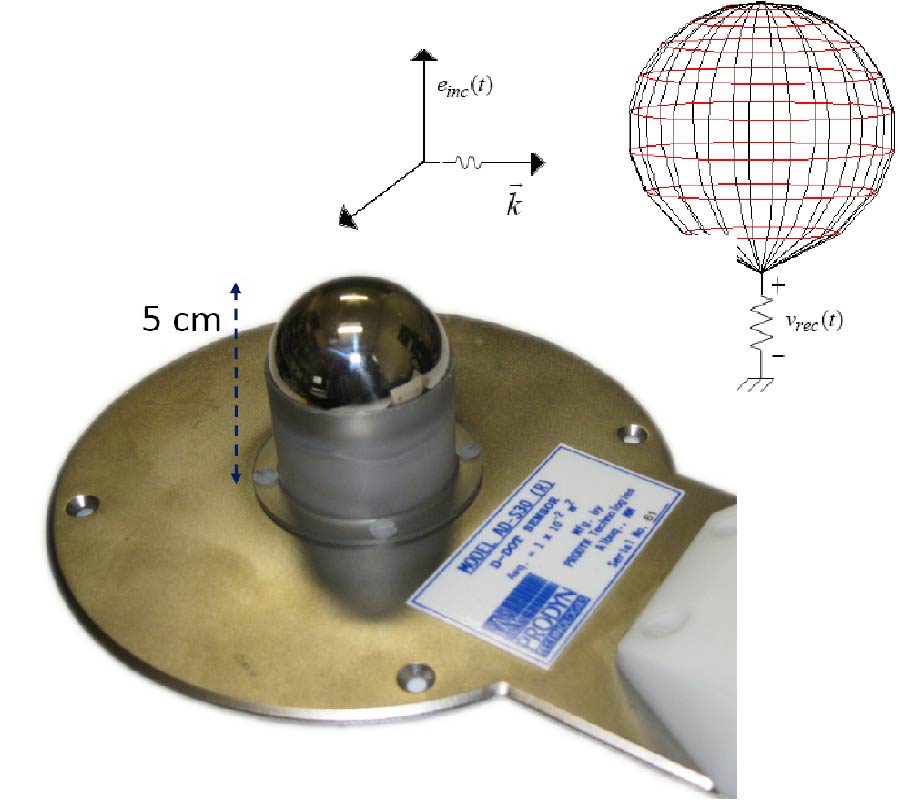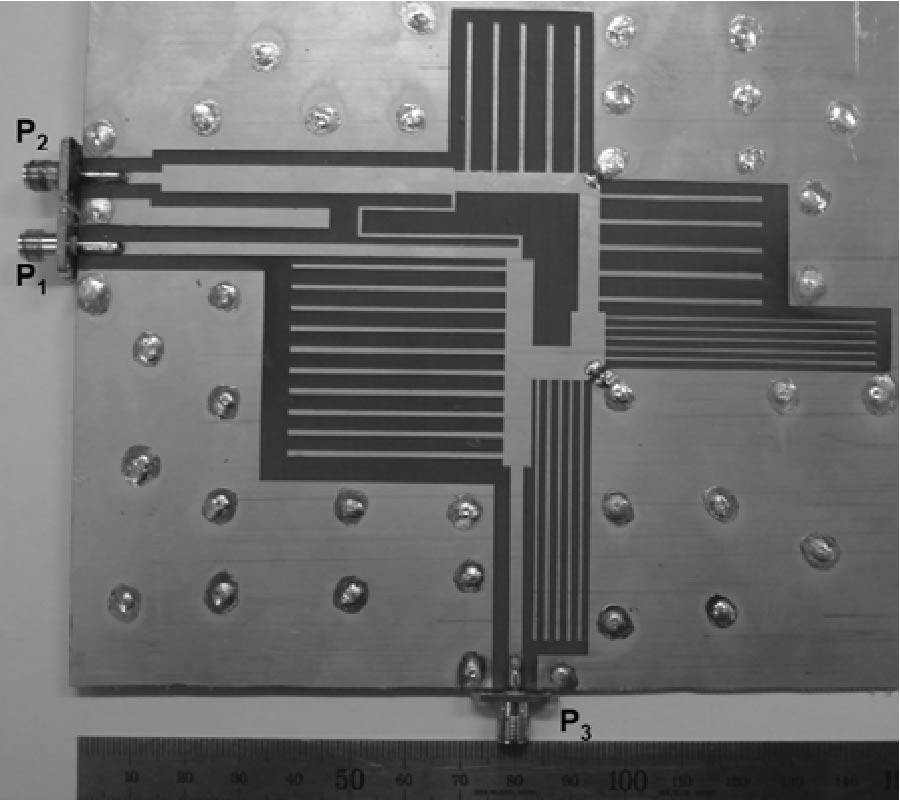On the Use of FDTD for HIRF Validation and Certification
Guadalupe Gutierrez Gutierrez,
Sergio Fernandez Romero,
Jesus Alvarez,
Salvador Gonzalez Garcia and
Enrique Pascual Gil
Preparing the 3D-geometry models to perform electromagnetic compatibility (EMC) numerical simulations can be tedious and time consuming. Furthermore, the need to include the test setup in the models, in order to validate the software, by comparing the numerical results with the measured data, may lead to unwieldy simulation models with often una�ordable computational costs. In this paper, we provide strategies for optimizing and simplifying the modeling process, together with guidelines for achieving the most unfavorable case in the simulation of EMC problems, as required for a certi�cation process. A test case from the European FP7 HIRF-SE project is analyzed in this paper as an example of how to identify the unnecessary elements for the simulation, while retaining the essential physics of the problem.



















